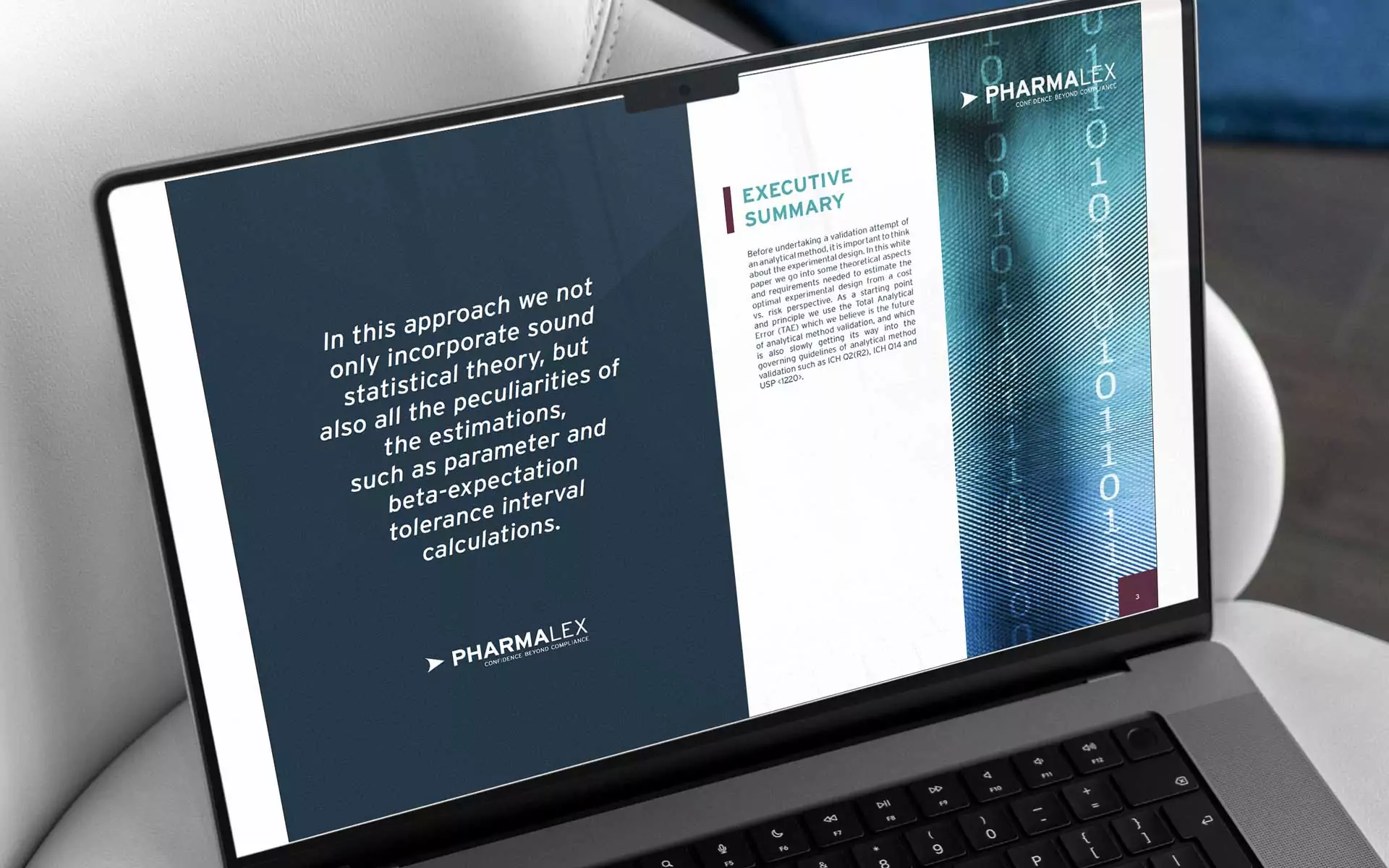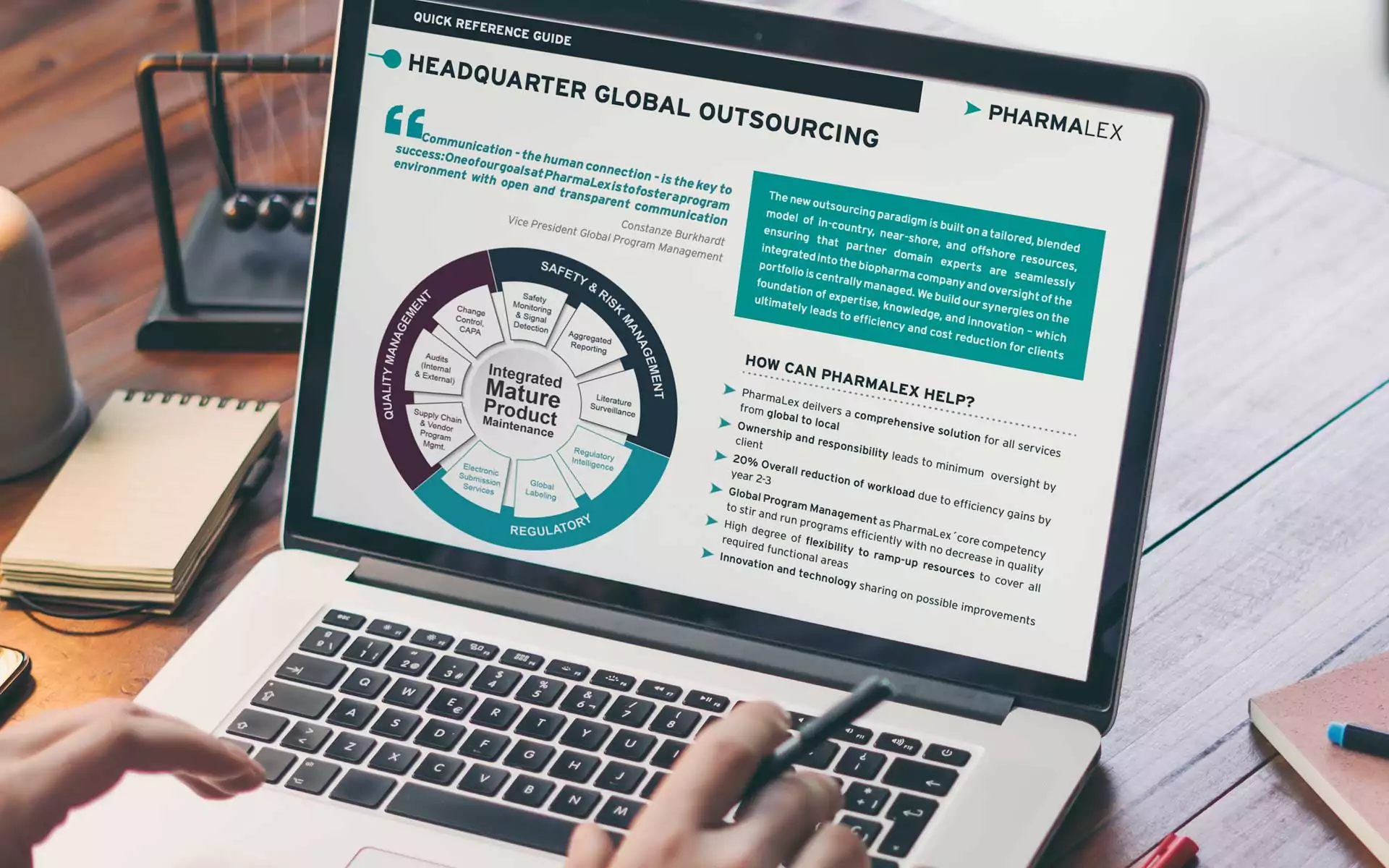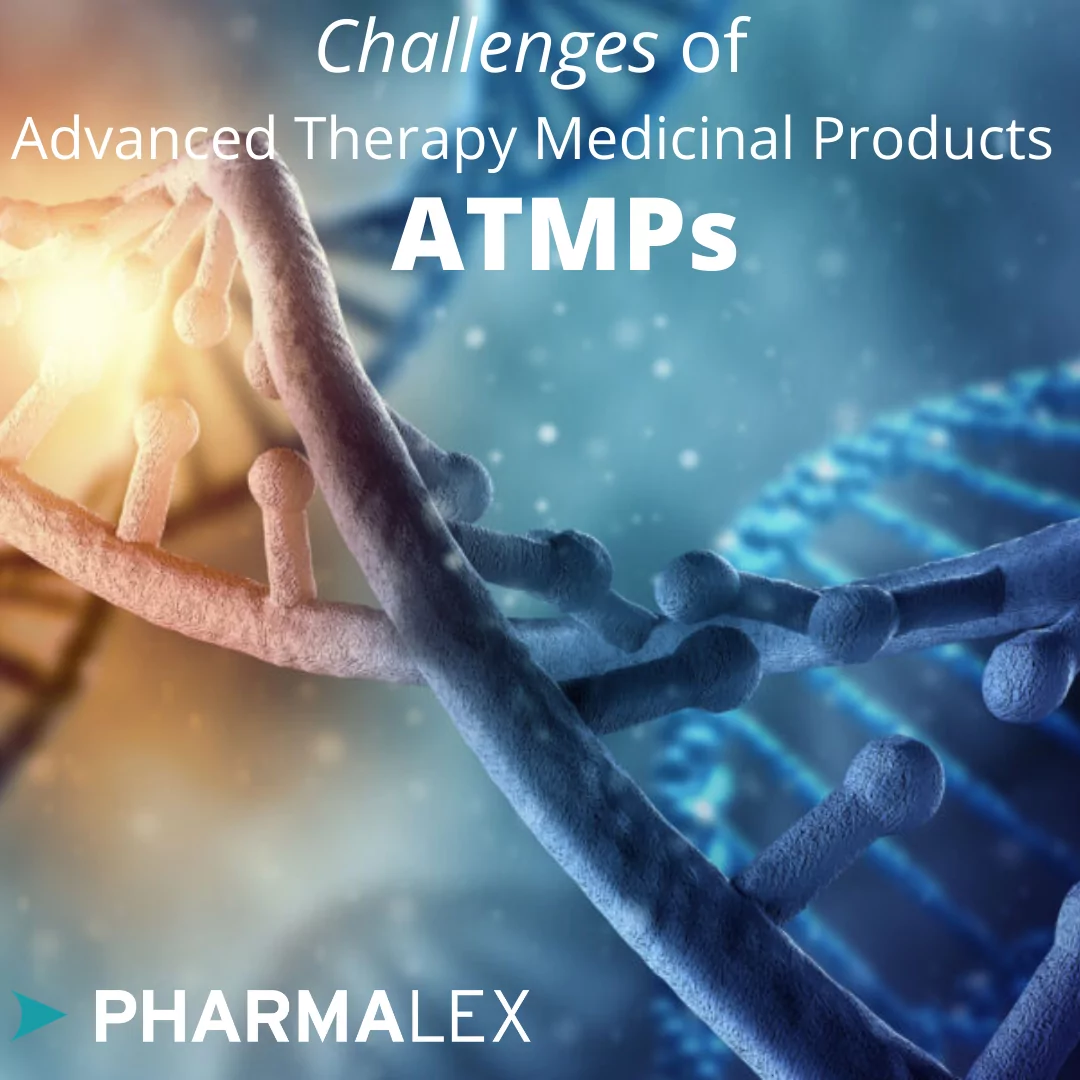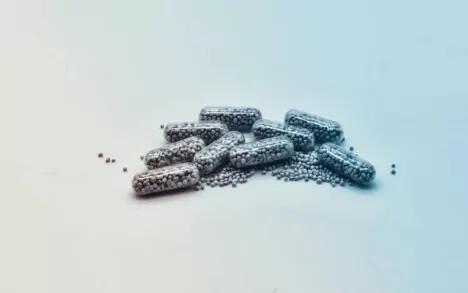Since 2010, a total of 15 advanced therapy medicinal products (ATMPs) have received approval in Europe and with five withdrawals, only 10 products today have a valid marketing authorisation. This begs the question, why have so few of the ATMPs reached the market?
Although the European legal framework provides significant guidance and directives for ATMPs, this still remains a highly challenging environment.
Challenges can be multifactorial but can include:
- Donor variability: Among the many aspects that may impact on the quality of the final gene therapy are thevariability of donor starting material and how the disease status affects the quality of the starting material. Due to variability, a wide but acceptable product specification is required.
- Batch variability: Naturally, the donor variability leads to thepotential variability of the final drug product. In addition to the batch variability, the limited stability of an ATMP requires great attention to the storage, transport and handling conditions of the finished product which can prove to be very challenging.
- Investment: Transitioning from lab-based production to large scale production can require significant investment. Capital investment for large scale equipment and suitable facilities will be required. ATMPs, like any other medicinal product, must demonstrate quality, safety and efficacy in order to obtain its Marketing Authorisation and therefore significant investment goes into meeting these quality, safety, and efficacy standards set by the regulatory authorities.
- Small patient population: A big challenge for cell and gene therapies is that they often target conditions that affect a very small number of patients.And the reality is, it’s not always commercially viable for the company to go into large scale manufacture.
- Regulatory complexity: The development of ATMPs requires significant effort from the regulatory agencies to make available all guidance to support the development of such treatments and support them get to market.
The European Medicines Agency (EMA) has published several new guidelines discussing different aspects of the development of ATMPs. In addition, the EMA has also issued the final version of its new Regulatory Strategy to 2025 along with Analysis and summaries of public consultation results
- QP certification challenges: It is imperative that the QP is experienced in ATMP manufacture and release. Typically, ATMPs have short shelf lives and therefore a particular strategy is required to justify release without full test results being available. Your QP may need to be comfortable with releasing the product quickly and without all release testing being completed, in order to meet a short treatment window. Therefore, a thorough understanding of biological processes and the variability this brings is required. This understanding coupled with a flexible and pragmatic approach are invaluable. To help support the QP in the complex issues of QP certification of ATMPs, the EMA published a Q&A on Exemptions on batch controls carried out on ATMPs providing guidance for the QP on when exemptions from batch controls are acceptable for ATMPs imported into the European Union from a third country.
In addition to this, EMA has provided a specific Q&A document on the use of out-of-specification batches of authorised cell/tissue-based advanced therapy medicinal products
Pharmalex can help navigate you through the many challenges companies are experiencing. We can provide the experts that ATMP development requires with specific experience in regulatory strategy, CMC and clinical development.
Guidance and advice on ATMPs – reach out to PharmaLex (contact@pharmalex.com)








